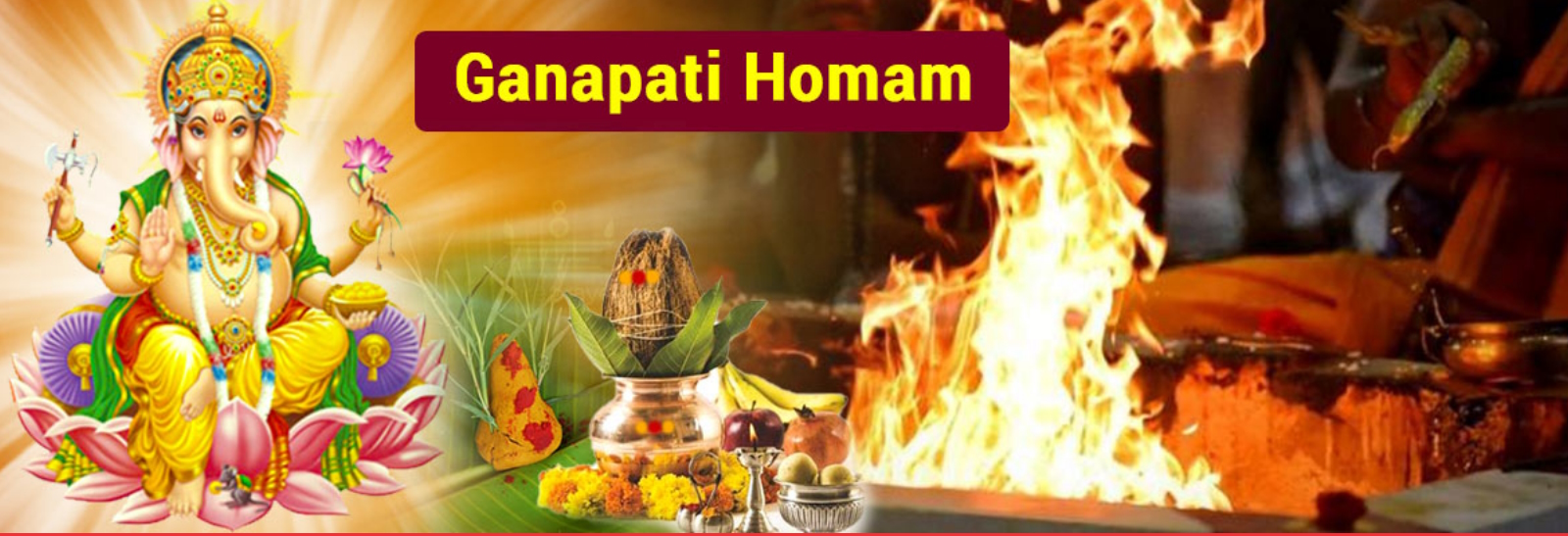Homam or Havan or Yajna is a holy fire ritual performed with the sacred chants (mantras and shlokas). It is the procedure practiced from time immemorial to invoke the divine spirit. However, as per the Vedic scriptures, devotees perform havan for various reasons and significances. Ganapati Homam is a traditional Hindu ritual dedicated to Lord Ganesha to seek divine blessings and achieve success before imparting on any new venture, new home, new startup etc. As per Hinduism, the grace of Lord Ganesha can remove obstacles in life and fulfill any task that you are undertaking. Devotees believe that by doing this ritual, the venture begins and successfully runs in a smooth manner.
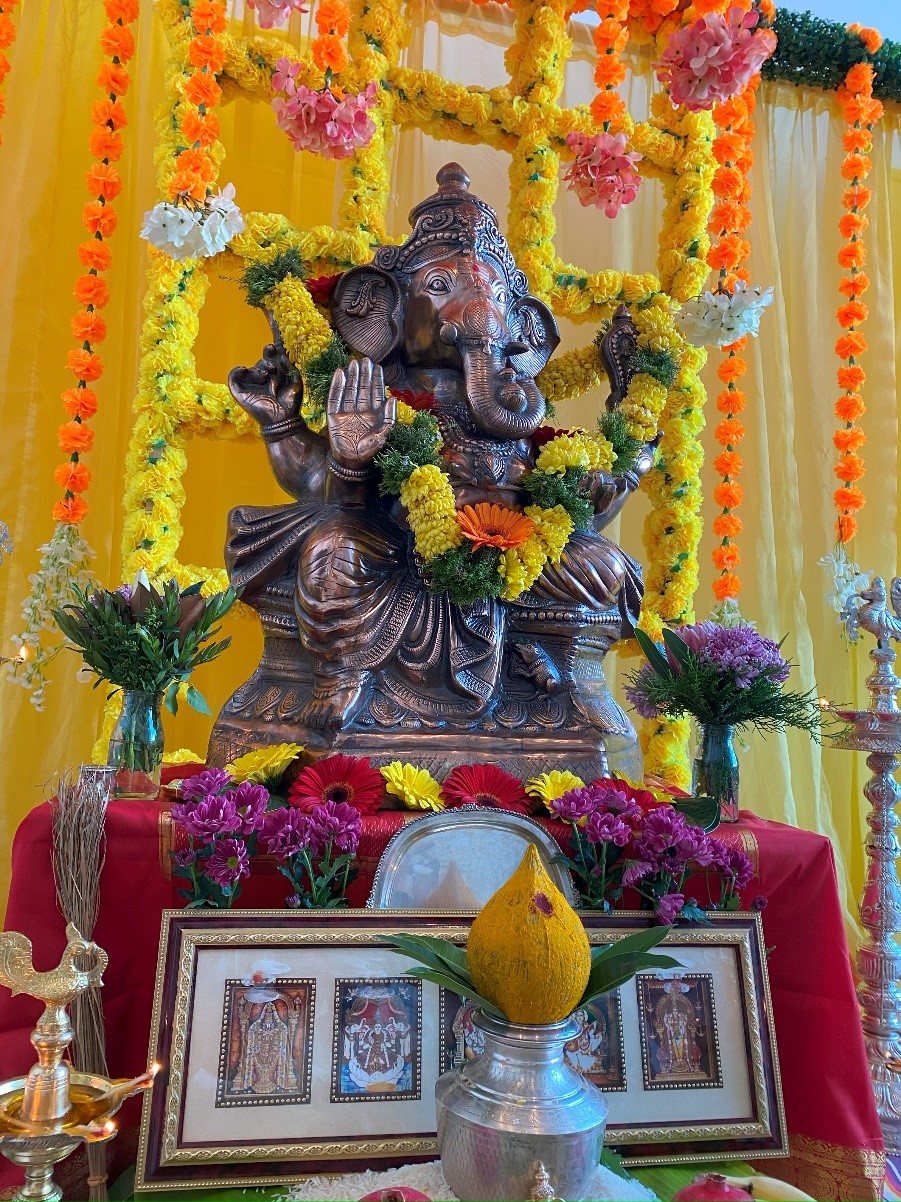
The Ganapati Homam is typically performed early in the morning to fully reap the benefits. The days of Chaturthi of every fortnight is considered as extremely auspicious days.
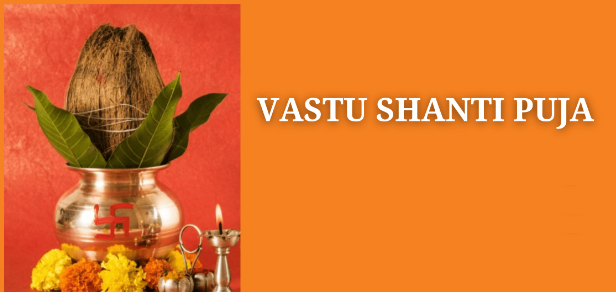
Vastu Shastra is a conventional Indian system of architecture which helps in attaining happiness, prosperity, mental peace, and harmony in home and work place. It involves a scientific study of directions with the combination of the five elements of nature (fire, water, earth, and air and space) to create a balance between humans and nature and to pave way for happiness, good health, wealth, and prosperity.
This science sets out certain rules and regulations regarding the construction of residential or commercial buildings. The five elements or the “Paanchbhootas” are utilized by the study of Vaastu Shastra to eliminate the troubles of human beings in homes or offices by changing the interior and exterior structural configurations. Vastu Shanti Puja forms an integral part of Vastu Shastra as it purify home or an office from negative impacts caused by the bad energies or the faults in construction.
Vastu Shanti Puja is a spiritual and religious process to offer prayers to the ‘Vastu Purush’ who is the Lord, protector and soul of the house and seek the blessings for positivity and prosperity.
Why we need to perform Vastu Shanti ?
- To eliminate any kind of faults relating to structures of buildings.
- To seek forgiveness of God for the damage done to the nature during construction of the home, building.
- To ask for the blessings of Vastu Purush for happiness, wealth and good health.
- Offer prayers to Vastu Purush for protection of home or office from natural calamities.
- To appease any form of supernatural force which might be dangerous for the occupants.
When to perform Vastu Shanti ? when is auspicious ?
- Auspicious Days: Monday, Wednesday, Thursday, and Friday
- Auspicious Nakshatras: Ashwini, Pushya, Punarvasu, Uttarfalguni, Rohini, Hasta, Uttarashadha, Revati, Uttara bhadrapada, Shravana, Dhanishta, Shatabisha, Anuradha, Swati, and Magha
- Auspicious tithi: Dwiteeya, Tritiya, Panchami, Saptami, Dashami, Ekadashi, Dwadashi, and Trayodashi.
Navagraha Shanti Pooja/Homam
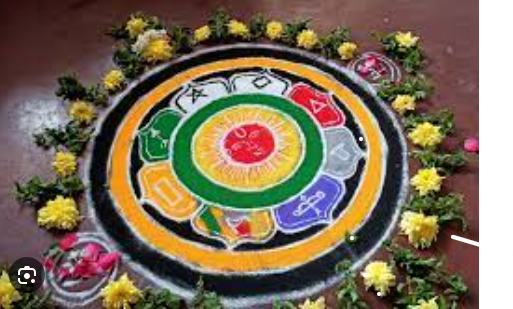
‘Nava’ means nine and ‘graha’ means planet (9 Planets). Navagraha homam, is a ritual performed to appease the deities of these nine planets. Performing the homam is believed to alleviate the malefic effects of them in very effective manner.
Navagraha Shanti is the Pooja performed based on the planetary positions in the Horoscope. Bad deeds or karmas from one’s previous birth along with the planetary positions of grahas (doshas) will have a bearing on a person’s finances and well-being. In Hindu astrology these doshas are recognized and Poojas are performed to negate the effect of the planets. Navagraha Shanti or Navagraha Homam is recommended as a solution to these sufferings and has to be performed under the guidance of a Vedic Priest. Navagraha Pooja or Homam pacifies malefic planets and strengthens benevolent planets, resulting in removal of obstacles in personal and professional life.
The Navagraha Homam is a time-tested Vedic ritual, which combines the poojas for all the nine planets to nullify or remove all doshas in one’s horoscope and enable the person to prosper in life and to create a favourable environment to give the person the necessary strength and courage to overcome problems in their life.
What benefits devotee can get by doing these nine planets pooja?
- Soorya (Sun) – promotes strength and courage, success, health and prosperity, relief from chronic diseases.
- Chandra (Moon) – beneficial for mental peace, wealth, fame and success
- Mangal (Mars) – improved health, wealth, power and prosperity. Reduces chances of accidents and theft.
- Budha (Mercury) – provides greater wisdom, commercial success and growth, relief from any nervous problems.
- Guru (Jupiter) – nullifies bad emotions, provides strength. Improves health, wealth, education, progeny etc.
- Shukra (Venus) – improves relationships, longevity of life, wealth, life advancements, progeny and happiness.
- Shani (Saturn) – improves mental peace, health, happiness and prosperity.
- Rahu (Head) – provides longevity, enhanced power and improved social standing.
- Ketu (Tail) – improves health, wealth.
Mrityunjaya Shanti
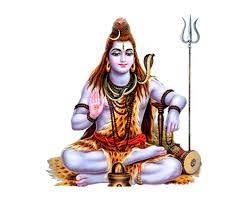 Maha Mrityunjaya Homam and Mantra Japa are dedicated to Lord Shiva and it is supposed to be the most powerful ritual for getting relief from severe health problems of intense magnitude.
Maha Mrityunjaya Homam and Mantra Japa are dedicated to Lord Shiva and it is supposed to be the most powerful ritual for getting relief from severe health problems of intense magnitude.
MANTRA
The Maha Mrityunjaya Mantra is
|| Om Tryambakam Yajamahe, Sughandhim Pushti vardhanam
Urvarukamiva bhandhanaan Mrityormuksheeya Maamrutaat ||
Good days to do Mrityunjaya Shanti Pooja are:
Mondays: Mondays are dedicated to Lord Shiva and are considered auspicious for performing Mrityunjaya Homam.
Pradosham: Pradosham is the time period of 3 hours that occurs twice every lunar month when Lord Shiva is believed to be in his most benevolent form. Performing Mrityunjaya Homam during Pradosham day is considered highly auspicious.
Shravan Maas/month: Shravan Maas is the Hindu month dedicated to Lord Shiva and is considered to be the most favourable time for performing Mrityunjaya Homam.
Maha Shivaratri: Maha Shivaratri is a Hindu festival dedicated to Lord Shiva and is considered to be the most auspicious time for performing Mrityunjaya Homam.
Rudra Homam
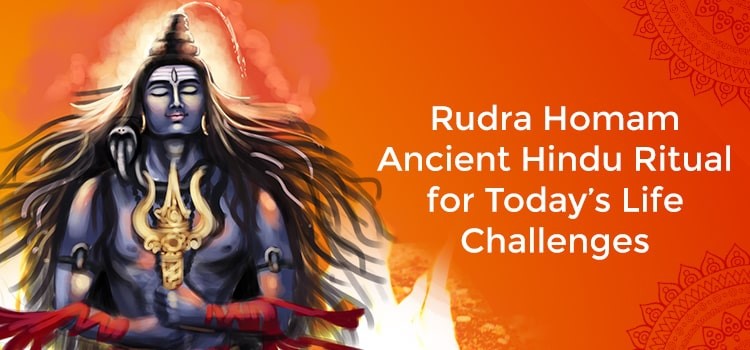
Rudra Homam is dedicated to Lord Shiva’s one form called ‘Rudra Roop’. He is the destroyer of all evil activities and clean the soul.
Lord Shiva, also known as the Rudra, is the destroyer of evil. Devotees pray to the Lord to seek mercy and benevolence and overcome various challenges. When worshipped with devotion, God gives inner peace and enables worshippers to gain worldly pleasures. There are different ways to worship Lord Shiva. Rudra Homam is one of the ways to show devotion and commitment to lord Shiva.
Homam or Havan facilitates our connection to fire, one of the five elements of nature. Rudra Homam is a potent fire ritual that invokes the blessings of Shri Rudra, one of the many forms of energy Shiva, to cleanse a person’s inner spiritual system of any deeply ingrained illnesses.
‘Shri Rudram’ vedic mantra is chanted during this Homam. This Vedic hymn is one of the oldest prayers mentioned in Taittaria Samhita of Yajurveda. With this prayer, the Priest worship and invoke different attributes of Lord Shiva. Shri Rudram is known as Namakam and comprises Namaha 300 times. When you chant Shri Rudram, it helps to destroy the root of your physical and mental health issues and hence cleans the soul to attain higher spiritual level.
Sudarshana Homam
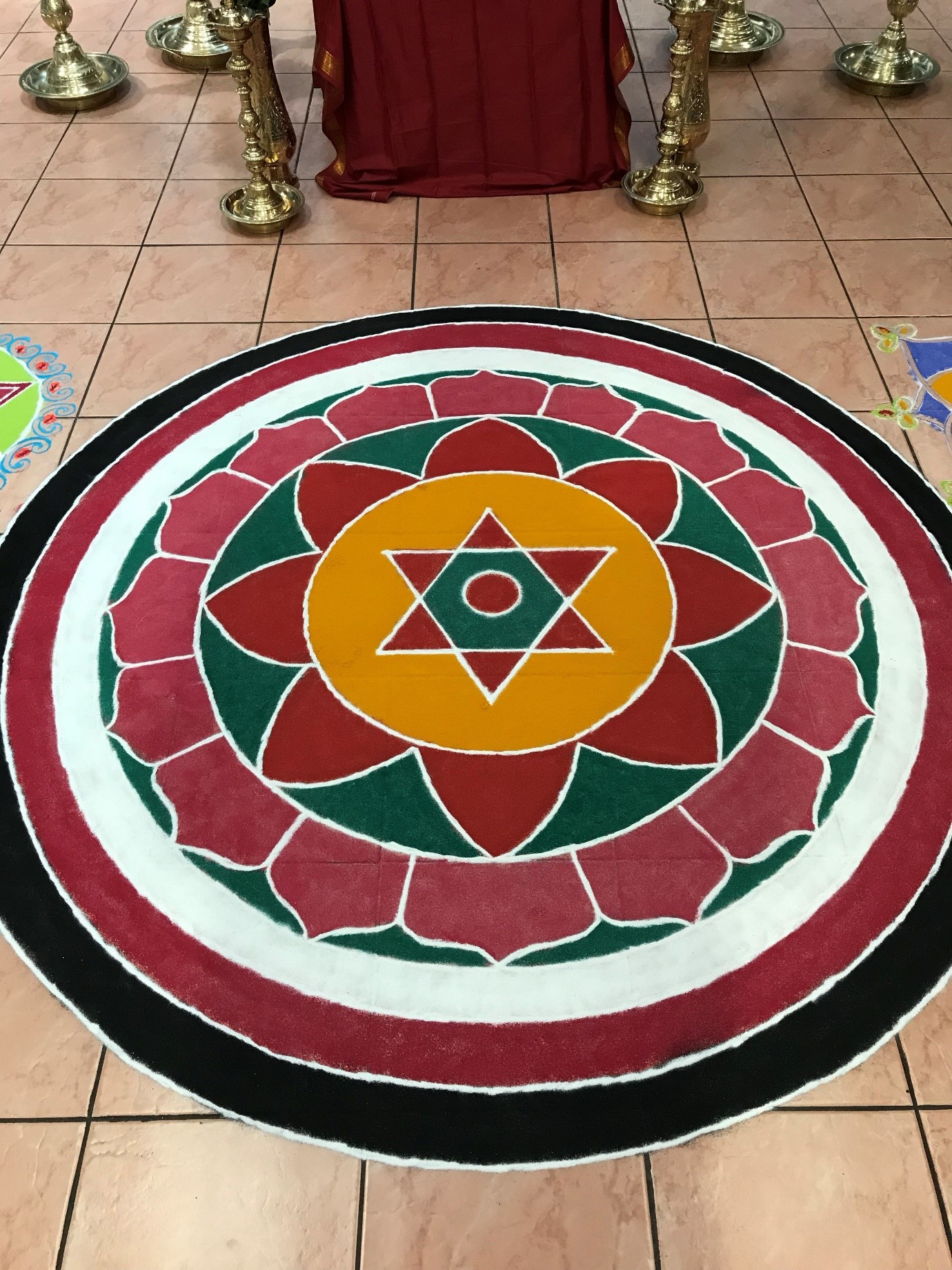
Sudarshana Homam is a Hindu ritualist homam to help a person destroy negativity, gives him victory over the enemies, and protect against the evil eye.
Here priest will invoke the ‘Chakra’(wheel) of lord Vishnu who is the preserver and sustainer of entire universe to eliminate the negative forces from the persons surrounding and give the protection.
One can do this Homam on Ekadashi, Dwadashi or Poornima, Wednesday or Saturday.
The procedure of this homam is by invoking Lord Sudarshana followed by the chanting of Lord Sudarshana Mantra and then performing the homam and receiving the blessings of Lord Sudarshana.
Dhanvantari Homam:

Dhanvantari is the god of Ayurveda as mentioned in Puranas. He is an Avatar of Lord Vishnu who appeared during the Samudra Manthana holding the Amrit Kalash. Devotees worship Dhanvantari to seek his blessings for good health.
Dhanvantari Homam is an important Homam performed to Lord Dhanvantari offering obeisance to him. When you perform Dhanvantari Homam, it is believed to reverse the health problems. The Puja is performed to cure illnesses making mind and body strong and thereby return to full health.
Dhanvantari Puja Mantras:
|| ऒं नमॊ भगवते वासुदॆवाय धन्वंतरये अमृतकलश हस्ताय |
|| सर्वमायविनाशनाय त्रैलॊक्यनाथाय श्री महाविष्णवे नमः ||
|| OM namo Bhagavate vasudevaya dhanvantaraye amruta kalasha hastaya |
|| sarvamaya vinashanaya Trailokya nathaya Shri mahavishnave namaha ||
|| ॐ तत्पुरुषाय विद्महे अमृता कलशा हस्थाय धीमहि |
|| तन्नो धन्वन्तरि प्रचोदयात ||
|| Om tatpurushaya vidhmahe amruta kalash hastaya dhimahi ||
|| tanno dhanvantari : prachodayaat ||
|| ॐ वासुदेवाय विद्महे वैद्यराजाय धीमहि |
|| तन्नो धन्वंतरि प्रचोदयात् ||
|| OM Vasudevaya vidmahe vaidyarajaya dheemahi |
|| tanno dhanvantari : prachodayaat ||
|| ॐ अमृत् हस्ताय विद्महे आरोग्य अनुग्रहाय धीमहि |
|| तन्नो धनवन्त्री प्रचोदयात् ||
|| OM Amruta hastaya vidmahe Arogya anugrahaya dheemahi |
|| tanno dhanvantari : prachodayaat ||


